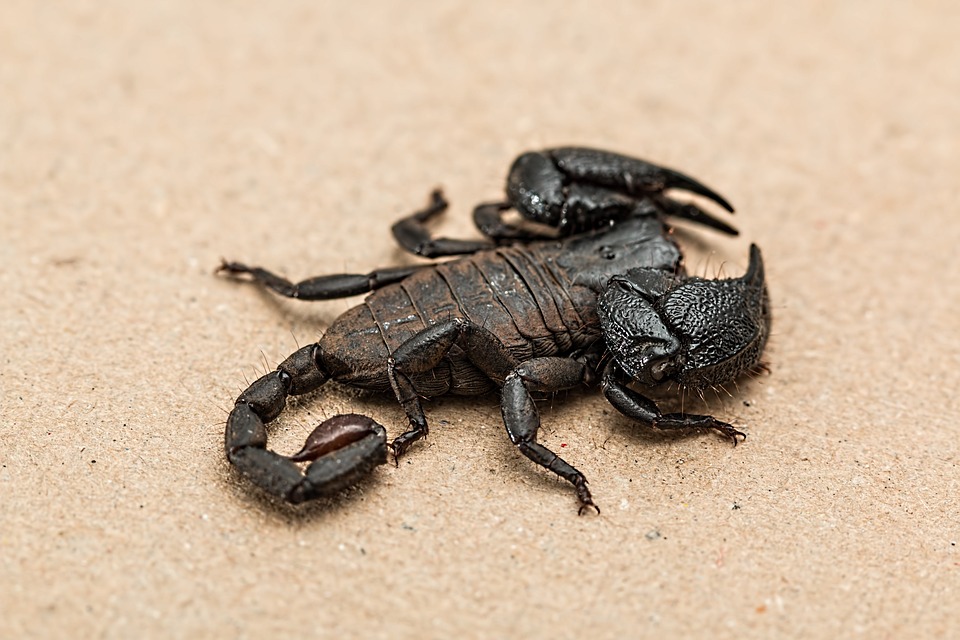Our planet is filled with creatures of all shapes and sizes, but some of them possess deadly weapons that make them particularly fearsome – venoms. These poisonous beast mode animals have adapted to use venom as a tool for hunting, self-defense, and survival. In this article, we will explore the world of venomous animals and learn about their fascinating adaptations, their deadly weapons, and their role in the ecosystem.
Nature’s Deadly Arsenal: Understanding Venom
Venom is a complex mixture of proteins, enzymes, and other molecules that are produced and stored in specialized glands in some animals. When injected into a target, either through a bite or a sting, the venom can cause various effects such as paralysis, pain, and even death. Venoms serve different purposes, including immobilizing prey, deterring predators, or competing with rivals.
Slithering Assassins: Poisonous Snakes
Snakes are among the most notorious venomous animals, with about 600 of the 3,000 known snake species possessing venom. There’s a diverse array of snake venoms, with some targeting the nervous system, others affecting the cardiovascular system, and still others causing tissue damage or impairing blood clotting. Among these deadly serpents are the inland taipan, the king cobra, and the highly aggressive black mamba.
Deadly Beauties: Poisonous Frogs and Other Amphibians
Amphibians, particularly frogs, are also well-known venomous creatures. The poison dart frogs of Central and South America are famous for their bright warning colors and potent toxins. They acquire their toxins from the insects they eat, storing and concentrating the poison in glands on their skin. These poisons can cause paralysis, seizures, and death, making these small amphibians highly dangerous.
Underwater Killers: Poisonous Fish and Marine Creatures
The depths of the ocean conceal another realm of venomous animals, from the highly venomous stonefish and lionfish to the cunning cone snails armed with a deadly harpoon-like structure. Box jellyfish also dwell in these waters, and their venomous tentacles pack a lethal punch. These marine creatures possess venoms that can cause a variety of symptoms, including intense pain, difficulty breathing, paralysis, and even death.
The Role of Venom in the Ecosystem
Though they may seem terrifying, venomous animals are essential components of their ecosystems. They help maintain balance by controlling the population of their prey and serving as prey themselves for other predators. Additionally, venomous creatures contribute to the advancement of science and medicine, as their toxins are the subjects of intensive research for the development of new drugs and treatments.
A World of Venom: Coexisting with Poisonous Animals
By understanding and appreciating the roles and abilities of venomous animals, we can better coexist with these fascinating creatures. While it is essential to exercise caution when encountering a venomous animal, it is also crucial to respect the balance of nature and their place in it.
Conclusion
Despite the dangers they pose, venomous animals are a testament to the remarkable adaptations and diversity of life on Earth. Through their unique abilities and roles, they contribute to the complex web of life that sustains our planet. As we continue to explore and understand the world of venomous beast mode animals, we gain a deeper appreciation for the intricate and delicate balance of nature and our place within it.
FAQ
What is venom?
Venom is a complex mixture of proteins, enzymes, and other molecules produced and stored in specialized glands in some animals. Its effects can range from paralysis and pain to death.
Why do animals have venom?
Animals use venom for various purposes such as immobilizing prey, deterring predators, or competing with rivals.
What are some examples of venomous animals?
Examples include snakes, poison dart frogs, stonefish, lionfish, cone snails, and box jellyfish.
What role do venomous animals play in the ecosystem?
Venomous animals help maintain ecological balance by controlling the population of their prey and serving as prey themselves for other predators. Their toxins are also the subject of scientific research for the development of new drugs and treatments.

No responses yet